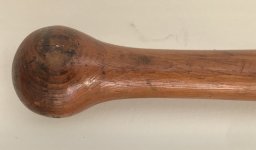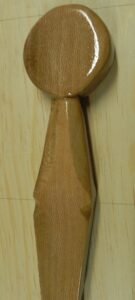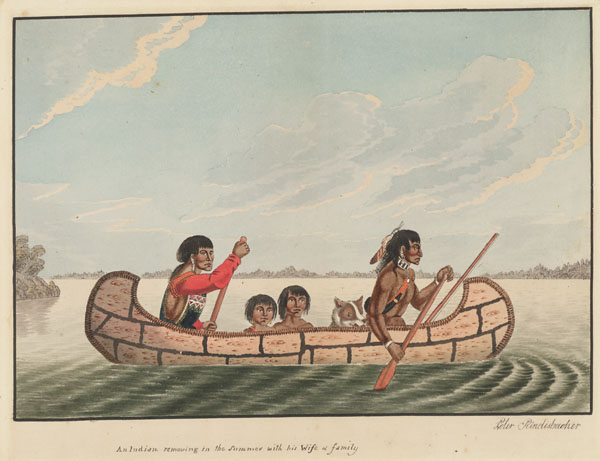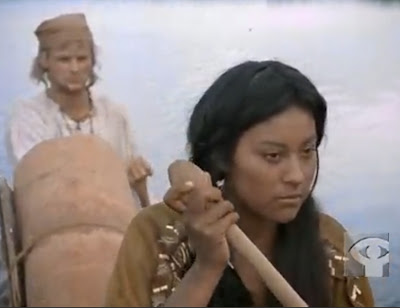I have been reading a bunch of paddle threads lately and thought I start another one  .
.
I own a variety of straight and bent shaft paddles in wood and carbon. I am a kneeler and mostly use J-stroke and its varieties. I love the touch and feel of wood paddles, but I also love the lighter weight of carbon sticks. I love the classic beaver tail but my current go-to is a Wenonah bent shaft black lite, which I use while kneeling and for J-strokes (sliced or otherwise). So much for tradition . I also use a grip technique that seems unorthodox, judging by the fact that I have never seen a paddle grip adapted for it. The distinct advantages (for those who had carpal tunnel) or those that don't care for (or are unable to) over bend their wrists all day long. This technique (IMO) allows for a gentler and much less cramped flick at the end of the stroke. The most apparent downside is obviously that normal grips don't support the technique very well. I thought of using (making) a ball type grip, but paddle orientation may get lost in more technical water and a ball won't offer much leverage or become slippery when wet. I also thought about cutting and re-attaching existing handles at a different angle but have not mustered up the guts to do so. To be clear, I have probably paddled around 2K miles like that, some of which during multi day trips, and I had no issues. Perhaps my hands have adoapted. However, I am wondering what you guys think and whether anyone here used this technique? Perhaps someone here has come across a paddle that accommodates the technique? Thanks in advance.
. I also use a grip technique that seems unorthodox, judging by the fact that I have never seen a paddle grip adapted for it. The distinct advantages (for those who had carpal tunnel) or those that don't care for (or are unable to) over bend their wrists all day long. This technique (IMO) allows for a gentler and much less cramped flick at the end of the stroke. The most apparent downside is obviously that normal grips don't support the technique very well. I thought of using (making) a ball type grip, but paddle orientation may get lost in more technical water and a ball won't offer much leverage or become slippery when wet. I also thought about cutting and re-attaching existing handles at a different angle but have not mustered up the guts to do so. To be clear, I have probably paddled around 2K miles like that, some of which during multi day trips, and I had no issues. Perhaps my hands have adoapted. However, I am wondering what you guys think and whether anyone here used this technique? Perhaps someone here has come across a paddle that accommodates the technique? Thanks in advance.
Image #2 and #4 are slight variations on the theme.

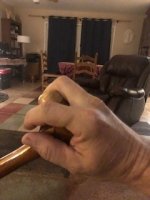
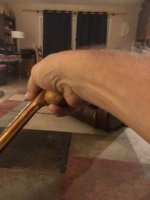

I own a variety of straight and bent shaft paddles in wood and carbon. I am a kneeler and mostly use J-stroke and its varieties. I love the touch and feel of wood paddles, but I also love the lighter weight of carbon sticks. I love the classic beaver tail but my current go-to is a Wenonah bent shaft black lite, which I use while kneeling and for J-strokes (sliced or otherwise). So much for tradition
Image #2 and #4 are slight variations on the theme.






